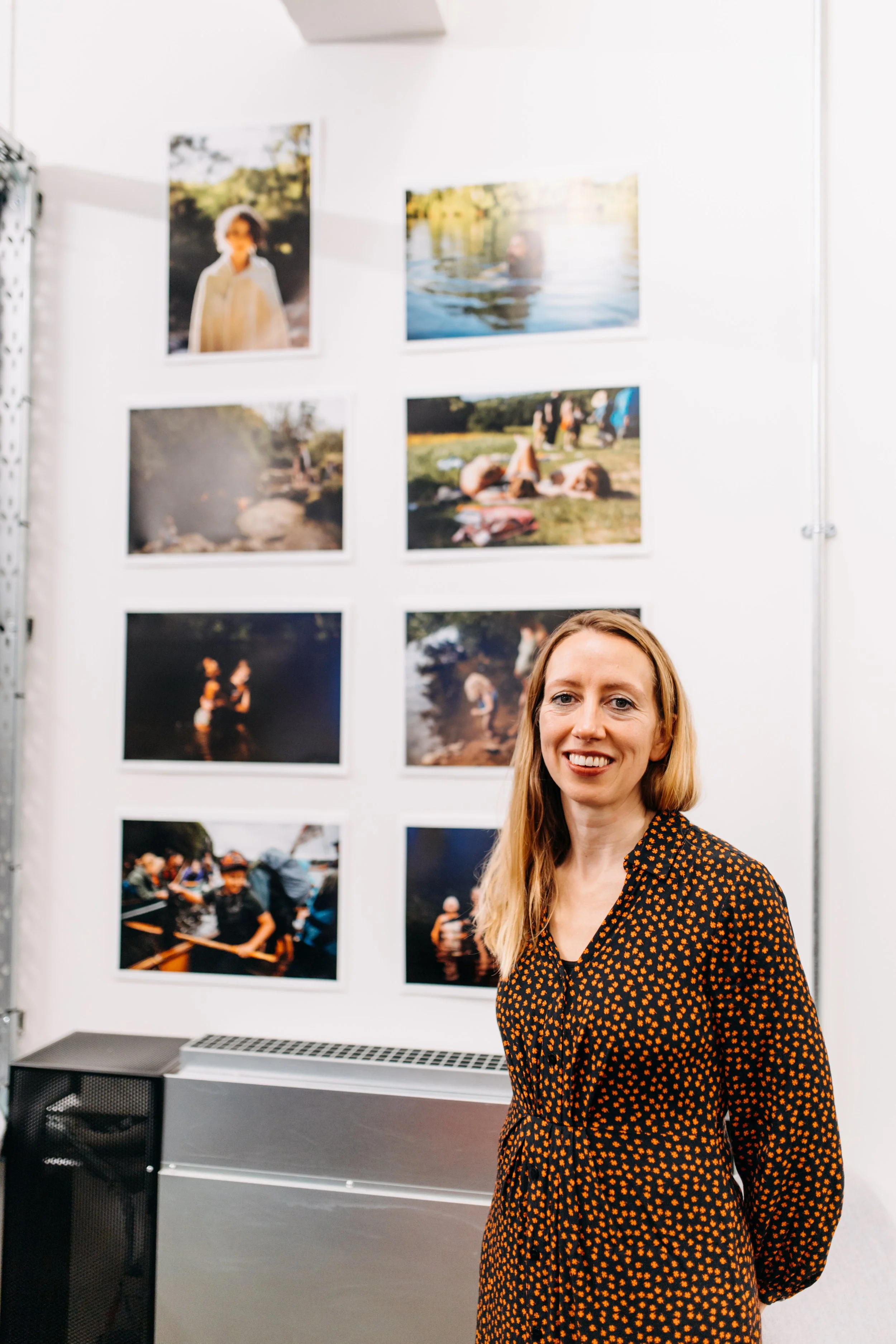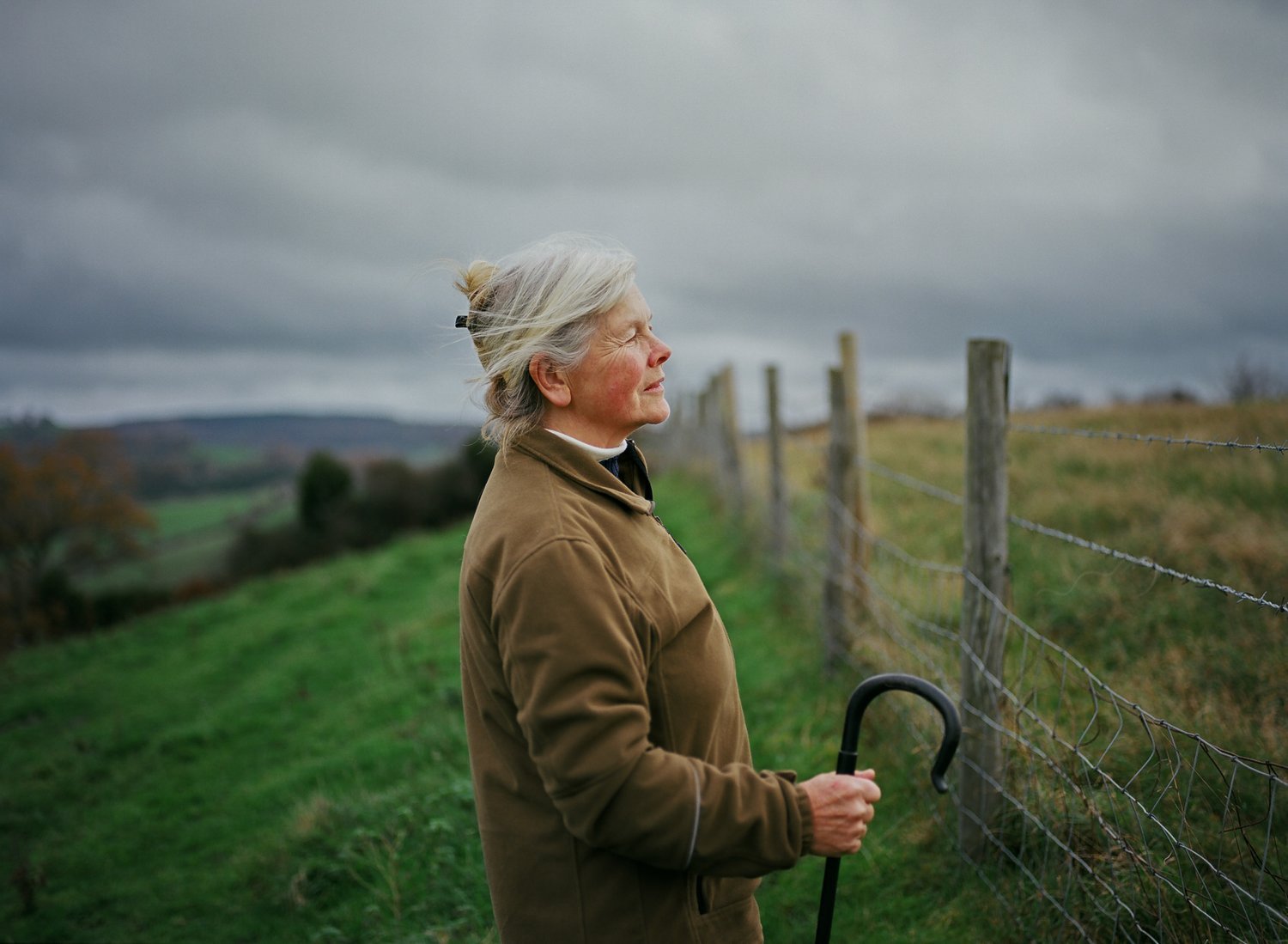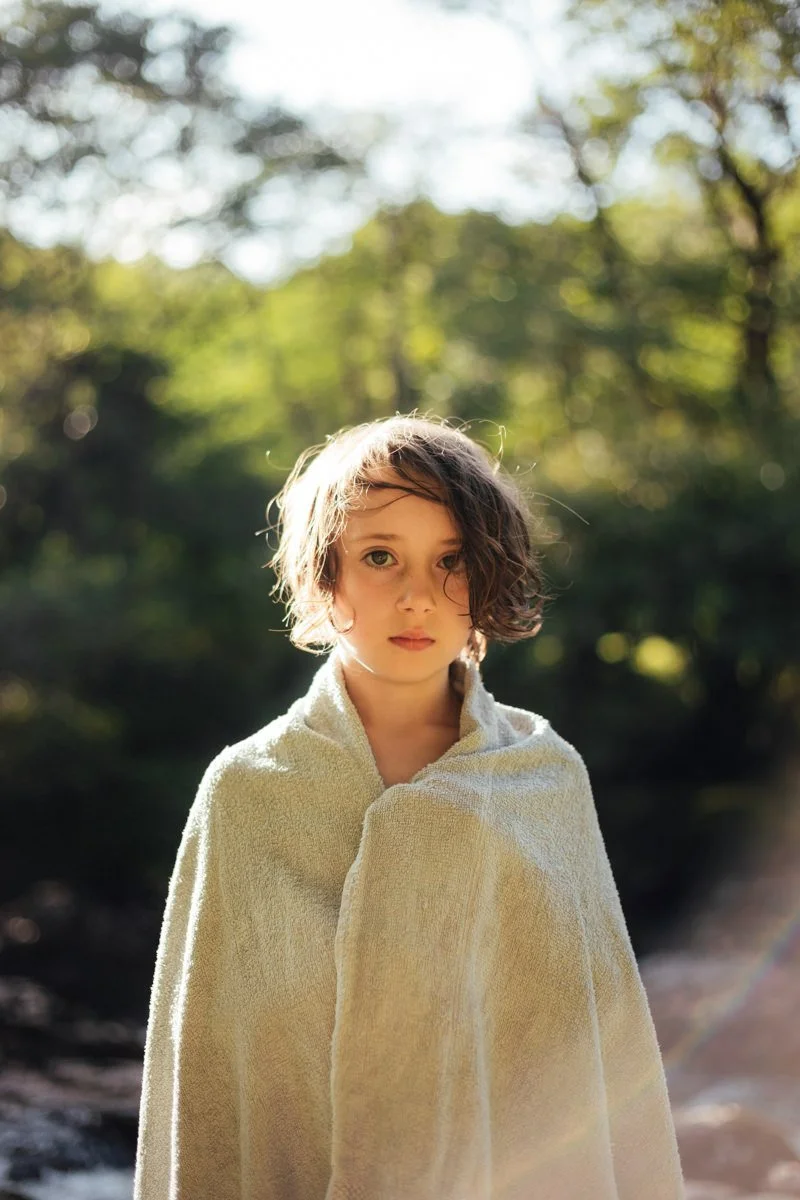LPA FUTURES 2023 / EMMA STONER
Our next Futures winner up for questioning is Devon-based visual storyteller, Emma Stoner.
Her work explores the relationship between people & place with themes of history, community and the environment through the use of soft tones and interesting composition. We were eager to discuss the journey which led her to LPA…
Emma Stoner at LPA Futures Private View
How did you determine which 20 images to enter into the Futures competition?
It was hard to narrow it down! I started with some definite yes’s – a couple of images that had made it into the Pink Lady Food Photographer of the Year Awards. Then I went back through old projects and pulled out a variety of images to choose from. I wanted the final selection to have a mixture of portraits, landscapes, documentary shots and details. I felt that this would best demonstrate my storytelling ability and the approach that I use in my work. The final edit had this mixture in it with a combination of digital and film shots. Together they showed a consistent style and similar subject matter. The images were all shot in the rural west country with people working on the land or enjoying a natural lifestyle.
Can you remember your first-ever camera?
My Dad bought me a Minolta X700 for my 17th birthday. I used it throughout my degree course and I it now lives under my bed! The last time I used it was in 2019, whilst documenting The Hillyfield – a forestry project on Dartmoor.
The Hillyfield
The themes of environment and community are often very prevalent in your work, can you tell us a bit more about how this came about?
Before I started taking photography seriously, I loved reading authors such as Thomas Hardy, where the landscape is the central character. I was also drawn to landscape painters, particularly Van Gogh and other impressionist and post-impressionist painters where light and colour are key.
The subject matter first emerged in my work whilst I was studying my BA in Photography at Westminster. One of my tutors recommended a book about leylines and I set off, exploring the mysteries of the English landscape. Projects included documenting the alternative community in Glastonbury and druids at Stonehenge. I found it fascinating how people interacted with these specific places and some of my research investigated psychogeography. Whilst studying, I worked as a charity fundraiser, and I became increasingly aware of environmental issues.
A couple of years after graduating I started working in the photo department at Greenpeace International, first as a photo cataloguer and then as a picture editor. This was a pivotal moment for me as I began to understand the world of photojournalism and storytelling. I had endless conversations with my boss, John Novis, about photography and he provided much encouragement to me and became a mentor figure. My own work was influenced by the 4 years I spent working at Greenpeace and the environment became a central theme. Whilst living in London I documented eco communities living on the fringes of society. I’ve always been interested in people and our interaction with the land. This has become increasingly relevant as climate change and biodiversity loss becomes more of an issue.
In 2015 I moved to Devon. The landscape here provides endless inspiration to me and I’m lucky to live somewhere that has a strong community. Both those two things – nature and community are important to me as a person, and this has come to be reflected in my work.
Mud Tots
Do you think your MA in Documentary Photography and Photojournalism has had an influence on your work?
Yes definitely. I graduated with an MA (distinction) from UAL in 2021. Since then, my work has become more poetic and has moved slightly away from traditional documentary photography. I think about images and stories very differently. During the course we were encouraged to look at alternative photographic methods and build collaborations. This for me, involved creating an online community and working with archive images as well as producing lumen prints and other abstract works.
My major project ‘Lost Meadows’ transformed my creative practice and my way thinking and approaching photographic storytelling. The central theme of the project is biodiversity loss, exploring a fragile habitat which has declined by 97% since 1930. To tell this story I experimented with a variety of alternative photographic techniques including - photograms, van dyke printing, pinhole, image contamination and intervention. I also Gathered archive images from the 1930s. Many of the methods I used date back to the early 19th century, to the very beginning of photography and to a time pre-dating the destruction of our meadows. I created an interesting set of pictures, drawing on
history and the visual language of that particular period. Working on the project opened my mind up to the many exciting possibilities that are present now, in a time when analogue & digital can be combined in an interesting way.
Last year, I worked on a cookbook project with Devon baker, Sarah Raisbeck. I suggested including some family archive images in her book. These images were a lovely addition to the project and strengthened the themes of family & community.
I think it’s important to always be thinking of unique ways to tell a story. It is estimated that globally we take over 1.4 trillion images a year. We need to find new ways to cut through in a world saturated with photographs. The digital age is an exciting time to be a photographer as we can add many layers to our work through traditional and contemporary techniques. As artists we can give new meanings to the world through poetic visual expression and never has it felt like a more urgent time to do that.
Sarah Raisbeck / Natural Sweet Bakes
When did you first realise that photography was something that you were really interested in? Do you come from an artistic background?
I think I must have been about 9. I would use my Dad’s 35mm camera to photograph my siblings, dress them up and take portraits. When I was 17 I studied photography A Level at college and it was then that I decided I wanted to be a photographer. I loved taking photos and would spend hours in the darkroom developing and printing pictures too. I do miss those darkroom days!
Lost Meadows
Your work often features children, what’s your best tip for getting them to behave on set?
Depending on the situation I let the children lead. If you have young kids, then they often just want to play so I’ll let them do that and photograph them. If I want the kids to sit in a particular place, I put them there and let them interact naturally. If they look grumpy then I’d encourage them to share a joke! I think if you ask kids to pose then they can be super awkward, so I find it best to keep it as natural as possible. My pet hate is parents at weddings who draw attention to the camera and tell a kid to smile when you are about to capture something magic!
River Where The Oak Trees Grow
You founded the photo archive ‘My Glastonbury Story’ , a photo archive of the festival goers , we assume you are a regular? Who was the best performer you’ve ever seen at the festival?
The most memorable was Dolly Parton in 2014 as I was in the press pit so front row! Unfortunately, you only get to stay there for 3 songs but she was my favourite that year and it’s the only time I’ve had a press pass. I work as a freelance photographer for the festival so have covered a few but not loads. Mainly I capture background things – cafes, stalls, disabled access, toilets even!! It’s fun as there are always interesting people to photograph. I find the archive that I put together far more fascinating than any professional coverage of Glastonbury though. It was wonderful to see the festival from so many perspectives and find out what it means to people. The evolution of photography is also an interesting theme as we see the grainy b&w images of the 70s give way to colour, snapshot and low fi imagery of the 90s onto present day HD digital. I set out with the idea of this project being a People’s History archive of the festival. The people who make Glastonbury are as important as the headline acts. This time they are centre stage. The stories & images I gathered are about life and we delve deep into personal histories – love, connection, friendship, loss and the need to gather together and celebrate. The collective experience becomes intensely personal as we journey through the images. Simultaneous narratives are fused together in time & space and we see a microcosm of life unfolding.
Glastonbury Festival 2007
What excites you most about being represented by LPA for the next two years?
I’m super excited about this new chapter. It will be great to have advice and support from Lisa and her team for the next couple of years. Sometimes it can be hard working it all out by yourself! Winning this competition has really affirmed to me the direction that I should be going in. I’m excited and inspired to see where this new road takes me!
When not taking pictures, what can we find you mostly doing?
I’ll be somewhere outdoors with my little girl, enjoying the fresh air and dreaming up my next photo project!
We’re super happy to call Emma one of our own, watch this space!
Covid-19: Lila’s World
Thanks so much for your time Emma, we can’t wait to see what work you produce over the next 2 years!







